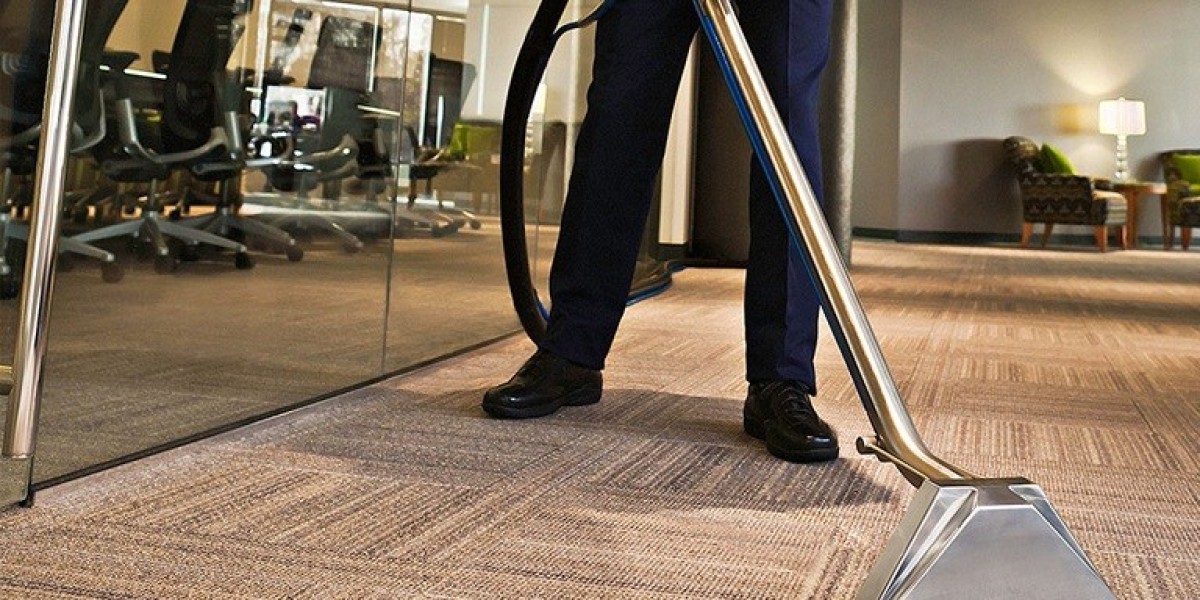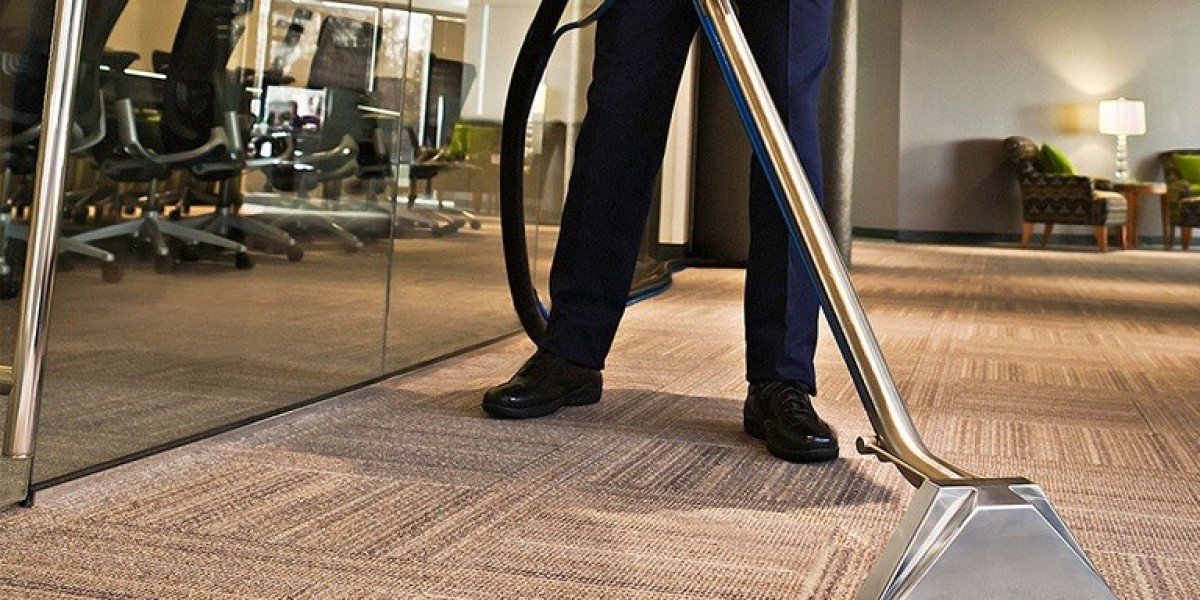In today’s data-driven world, organisations rely heavily on server rooms and data centres to power their daily operations. While much emphasis is placed on temperature control and cybersecurity, a lesser-known but serious risk lies quietly beneath the surface — zinc whisker contamination. These microscopic metallic filaments can trigger catastrophic IT failures, often without warning.
Fortunately, one of the most effective ways to prevent this silent threat is through regular, professional server rack cleaning. Let’s explore what zinc whiskers are, how they affect your equipment, and why a proactive cleaning strategy is essential.
What Is Zinc Whisker Contamination?
Zinc whiskers are tiny, hair-like filaments of zinc that grow from electroplated zinc surfaces, commonly found on the underside of raised floor tiles and other metal components in data centres. Although invisible to the naked eye, they are electrically conductive and can easily dislodge, becoming airborne and entering sensitive electronic equipment.
Zinc whisker contamination can lead to:
Short circuits in power supplies and circuit boards
System crashes and data corruption
Downtime in mission-critical environments
Voided warranties from hardware manufacturers
Because these particles are microscopic and grow without external provocation, many organisations are unaware of their presence until serious issues arise.
How Zinc Whiskers Enter the Server Environment
Zinc whiskers often originate from:
Raised access flooring made from electroplated steel
Cable trays, brackets, and other metallic infrastructure
Improper handling or cleaning of contaminated materials
Once airborne, these filaments can settle inside server racks, fans, and ventilation systems — making server rack cleaning an essential line of defence.
The Importance of Server Rack Cleaning in Zinc Whisker Control
While upgrading or replacing contaminated flooring is ideal, regular server rack cleaning is a more immediate and cost-effective solution to mitigate risk.
Professional Server Rack Cleaning Includes:
Anti-static vacuuming of server interiors and exteriors
HEPA-filter vacuums to capture fine particles and whiskers
Cleaning under raised floors and plenum spaces
Removal of dust buildup that can attract zinc whiskers
Post-cleaning audits and contamination testing
Routine cleaning not only eliminates visible dust but also targets potential contaminants like zinc whiskers before they cause damage.
Industries at Risk of Zinc Whisker Contamination
Zinc whisker contamination poses the greatest threat in environments where uptime and hardware integrity are mission-critical, including:
Data centres
Financial trading floors
Laboratories and cleanrooms
Healthcare IT systems
Government and military facilities
In these settings, even a few minutes of unplanned downtime can result in financial loss, reputational damage, and compliance issues.
Signs You May Have a Zinc Whisker Problem
Unexpected hardware failures with no clear cause
Frequent power supply issues or circuit shorts
Servers overheating despite clean filters
Equipment malfunction following recent construction or renovation
High levels of airborne particulates detected in particle count tests
If any of these red flags appear, it’s time to schedule a thorough server room and server rack cleaning.
Preventive Measures and Long-Term Solutions
To combat zinc whisker contamination effectively, consider a multi-step strategy:
Identify and Replace Risk Materials
Avoid electroplated steel in raised flooring and opt for powder-coated or aluminium alternatives.Implement Routine Cleaning
Schedule professional server rack cleaning at least biannually or quarterly in high-risk environments.Conduct Particle Count Testing
Validate air cleanliness and monitor for airborne contaminants.Train Staff
Ensure IT and facilities teams are aware of zinc whisker risks and safe handling protocols.
Conclusion
Zinc whisker contamination is an often-invisible but very real threat to your IT infrastructure. Through proactive measures like regular server rack cleaning, you can dramatically reduce the risk of unplanned downtime and hardware failure.
In the high-stakes world of data and connectivity, no detail is too small. Partner with experts in contamination control and keep your server room clean, safe, and operational.







